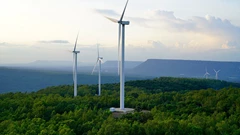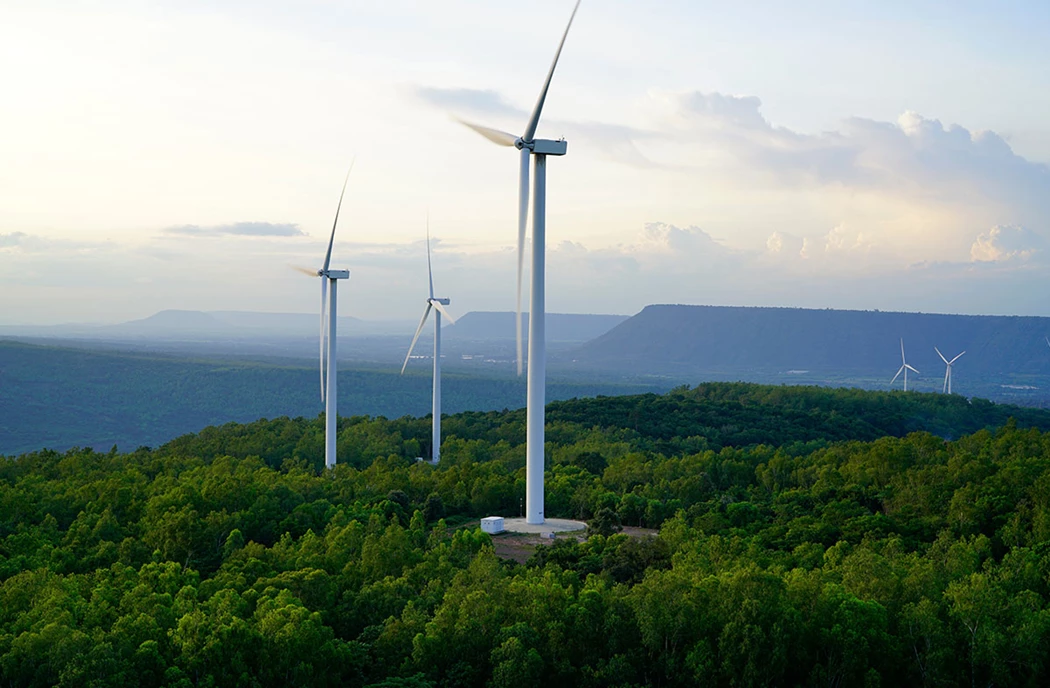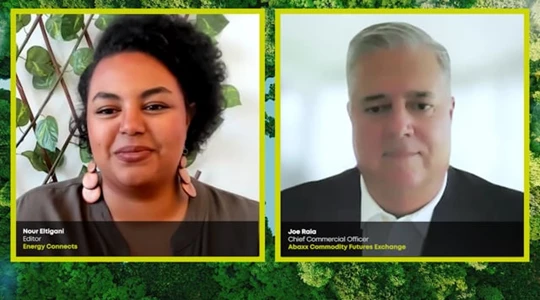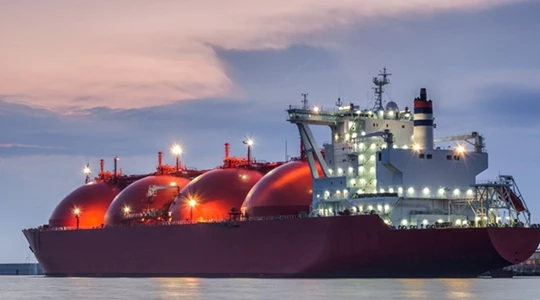UBS Executive Calls For a Retrofit Revolution in Real Estate
(Bloomberg) -- Real estate investors need to allocate considerably more resources to climate-proofing old buildings rather than erecting new structures, to keep up with net zero regulations and avoid being saddled with stranded assets.
Those are the findings released Tuesday by UBS Group AG, with the Swiss bank’s Sustainability and Impact Institute calling for nothing less than a “retrofit revolution.”
“Investors always have to weigh up risks versus the financial returns on a case-by-case basis,” Michael Baldinger, UBS’s chief sustainability officer, told Bloomberg. And there “will be cases where new builds can benefit from emerging materials and technologies to lower emissions and optimize energy usage,” he said.
However, UBS is making “the case for retrofitting as a preferred option because in many cases, it can improve rental yields, add value to buildings over time and safeguard them against becoming stranded assets,” Baldinger said.
Retrofitting old buildings can save as much as 75% of the carbon that would be emitted if an equivalent new structure were erected, UBS estimates.
The world’s buildings accounted for about 37% of energy and process-related CO2 emissions as recently as 2021, according to the United Nations Environment Programme. For now, just 1% of that real estate is retrofitted each year, while 99% of existing buildings aren’t aligned with the goal of eliminating emissions by 2050, UBS said.
Real estate investors face a world in which regulations are increasingly likely to force climate solutions. And with more than 90% of the global economy now covered by net zero commitments, “governments have implicitly signed the building sector up for full decarbonization by 2050,” according to Zurich-based UBS.
Most of today’s buildings will still be standing in 2050, so demolition and rebuilding should be considered only in very rare instances in which the economic and social benefits outweigh the environmental costs, UBS wrote in its report.
Stranded Assets:
The term was popularized by the Smith School’s Stranded Assets Program roughly a decade ago, and refers to assets that have suffered from unanticipated or premature write-downs, devaluations, or conversions to liabilities. UBS adds that in the context of real estate, this can include buildings that aren’t energy-efficient, ultimately making them impossible to rent out or sell, or uneconomical to own. Such properties may also become uninsurable due to rising physical climate risks, UBS notes.
Retrofitting can entail everything from improving a building’s energy-efficiency, to installing insulation, optimizing ventilation, minimizing energy use, switching heat sources to electric or geothermal, and maximizing on-site energy generation.
Property owners have tended to prefer demolition and new construction because it’s been viewed as a path to higher rents, according to UBS. Part of that calculation has been based on a lack of reliable data reflecting the full carbon footprint of that model.
A “deep retrofit” typically requires an investor to commit significant amounts of capital upfront, UBS said. For large structures, that also may result in lost revenue for the duration of the improvements.
But not climate proofing existing buildings “is becoming increasingly untenable,” according to UBS.
The risk is new regulations will add to the probability that assets become stranded, “potentially saddling their owners with massive capital losses versus today’s book values,” UBS said.
“Inefficient buildings will likely also weigh on investors’ climate balance sheets and may prove less attractive to tenants due to high energy bills and low sustainability ratings,” the bank said.
(Adds details around stranded assets)
©2023 Bloomberg L.P.
KEEPING THE ENERGY INDUSTRY CONNECTED
Subscribe to our newsletter and get the best of Energy Connects directly to your inbox each week.
By subscribing, you agree to the processing of your personal data by dmg events as described in the Privacy Policy.
More renewables news

US in Talks With Asian Nations to Deploy Small Nuclear Reactors

China’s Solar Makers Rally as Group Calls for Rational Prices

Rockefeller, Bezos-Backed Group Eye Fix for Fickle Nigeria Power

Northvolt Has Major Obstacles Ahead Even With Bailout In Reach

India Studies Tariff Cuts Under Efforts to Spur Green Hydrogen

Nvidia-Backed Firm Eyes Data Center Near Japan’s Nuclear Power

Fertiglobe becomes ADNOC’s vehicle for low-carbon ammonia growth globally

US Awards Uranium-Enrichment Contracts to Centrus, Orano

Supreme Court Allows EPA Power Plant Pollution Curbs for Now
















